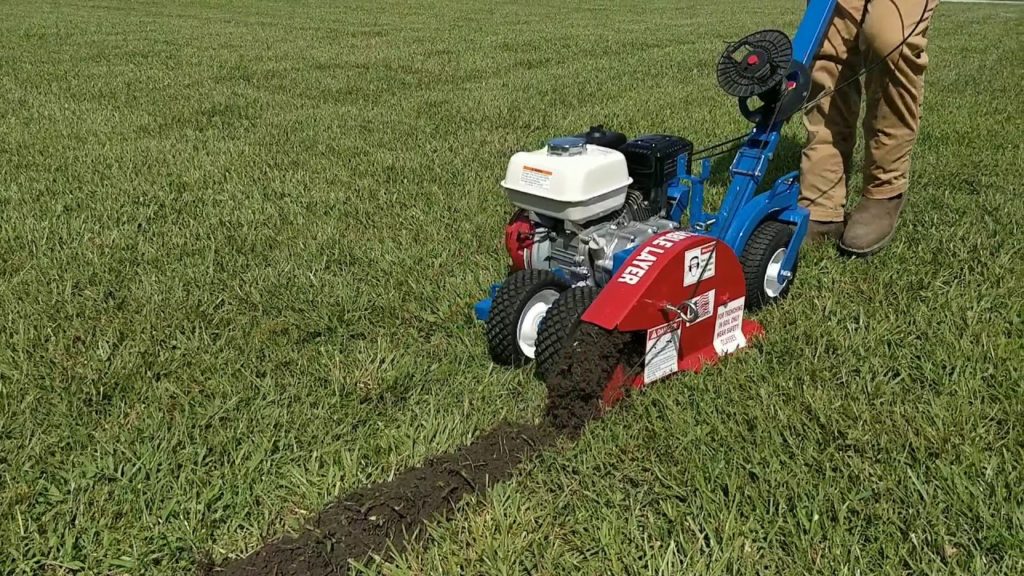When selecting a location for your transmitter box in the in-ground fence system, there are three key factors to consider: proximity to a power outlet, proximity to an exterior wall, and protection from the elements.
Ideally, you should choose a location that is close to a grounded power outlet, as the fencing system requires electricity to operate. If a suitable power outlet is not nearby, you can use a high-quality extension cord that is designed for three-prong plugs.
Placing the transmitter box inside a garage or electrified shed can be a good option, as it allows for easy installation close to an exterior wall. This makes it simpler to run the fencing wire to the outside of the building.
It’s important to protect the transmitter box from outside elements such as rain, sleet, and snow, as moisture can affect its proper functioning. Whenever possible, choose a location that is sheltered and not exposed to extreme cold.
If you need to install the transmitter box outside, we will make sure to use a weatherproof box that is designed for outdoor use, such as those used for sprinkler systems.
Indiana, Kentucky and Illinois are all areas prone to lightning strikes, so it’s recommended to install a lightning protection module. This module can be plugged into a grounded power outlet and wired to the transmitter box and fence according to the provided instructions. It provides an added level of protection for the transmitter box and your home’s electrical system. Installing a lightning protection module is a wise precaution to safeguard your equipment and electrical system.




0 Comments